Buy/Drive/Burn: American Malaise Sports Cars of 1982

The year is 1982. You’re a lover of domestic sports cars, but also suffer from a distinct lack of funding in this era of American Malaise. Three updated, base model, fuel sipping rides are in your purview — all of them with four-cylinder engines.
Which one do you take home?
Today’s Buy/Drive/Burn trio was suggested a long time ago by commenter JohnTaurus, who was inspired by the Dodge Challenger Rare Ride. Thank him for these glorious choices.
Chevrolet Camaro
Brand new for the 1982 model year, the third generation Camaro was the new hotness. Fuel injection, four-speed automatics, and four-cylinder engines — all yours! Today’s Camaro was assembled in the city of Norwood, in Cincinnati, Ohio. Initial offerings included three trim levels: Sport Coupe, Berlinetta, and Z28. Our choice is, of course, the base model. Power for the Sport Coupe came from the 2.5-liter Iron Duke inline-four, like you’d find in a contemporary and fine Chevy Celebrity. All 90 horsepowers traveled to the hubcapped rear wheels via the four-speed manual transmission.
Ford Mustang
The Mustang was all new for 1979, in its third generation. It was at that point the Mustang moved to the now-famous Fox body platform. Offering more choice than Chevrolet, the Mustang was available in coupe, liftback, or convertible formats. We’ve selected the liftback version today. The base model gained an actual trim name for the ’82 model year — L. It accompanied the GL, GLX, LX, and GT trims (GT shown above). Like the Camaro, cylinder count ranged between four and eight. The engine of relevance here was the 2.3-liter unit shared with the Pinto, sending 88 Pinto horses through the four-speed manual.
Dodge Challenger
Dodge’s sporty Challenger was only in its second generation. The first generation bowed out after 1974, leaving a gap in the Challenger lineage until 1978. At that point Chrysler conducted a badging exercise with the Mitsubishi Galant Lambda, and birthed the Dodge Challenger and Plymouth Sapporo. Only one bodystyle was available: the pillarless coupe seen above. Chrysler’s coupe offered two different four-cylinder engines, limited to the larger one after a cosmetic refresh for 1981. The 2.6-liter “Hemi” inline-four utilized the latest NVH technology developed by Mitsubishi. Topping our trio, the Challenger offered 105 horsepower tethered to a five-speed manual (also the most gears).
Three sporty two-doors, their cylinder counts kept low in the pursuit of value and economy. Which goes home to the tri-level?
[Images: GM, Ford, Chrysler]

Interested in lots of cars and their various historical contexts. Started writing articles for TTAC in late 2016, when my first posts were QOTDs. From there I started a few new series like Rare Rides, Buy/Drive/Burn, Abandoned History, and most recently Rare Rides Icons. Operating from a home base in Cincinnati, Ohio, a relative auto journalist dead zone. Many of my articles are prompted by something I'll see on social media that sparks my interest and causes me to research. Finding articles and information from the early days of the internet and beyond that covers the little details lost to time: trim packages, color and wheel choices, interior fabrics. Beyond those, I'm fascinated by automotive industry experiments, both failures and successes. Lately I've taken an interest in AI, and generating "what if" type images for car models long dead. Reincarnating a modern Toyota Paseo, Lincoln Mark IX, or Isuzu Trooper through a text prompt is fun. Fun to post them on Twitter too, and watch people overreact. To that end, the social media I use most is Twitter, @CoreyLewis86. I also contribute pieces for Forbes Wheels and Forbes Home.
More by Corey Lewis
Latest Car Reviews
Read moreLatest Product Reviews
Read moreRecent Comments
- Probert They already have hybrids, but these won't ever be them as they are built on the modular E-GMP skateboard.
- Justin You guys still looking for that sportbak? I just saw one on the Facebook marketplace in Arizona
- 28-Cars-Later I cannot remember what happens now, but there are whiteblocks in this period which develop a "tick" like sound which indicates they are toast (maybe head gasket?). Ten or so years ago I looked at an '03 or '04 S60 (I forget why) and I brought my Volvo indy along to tell me if it was worth my time - it ticked and that's when I learned this. This XC90 is probably worth about $300 as it sits, not kidding, and it will cost you conservatively $2500 for an engine swap (all the ones I see on car-part.com have north of 130K miles starting at $1,100 and that's not including freight to a shop, shop labor, other internals to do such as timing belt while engine out etc).
- 28-Cars-Later Ford reported it lost $132,000 for each of its 10,000 electric vehicles sold in the first quarter of 2024, according to CNN. The sales were down 20 percent from the first quarter of 2023 and would “drag down earnings for the company overall.”The losses include “hundreds of millions being spent on research and development of the next generation of EVs for Ford. Those investments are years away from paying off.” [if they ever are recouped] Ford is the only major carmaker breaking out EV numbers by themselves. But other marques likely suffer similar losses. https://www.zerohedge.com/political/fords-120000-loss-vehicle-shows-california-ev-goals-are-impossible Given these facts, how did Tesla ever produce anything in volume let alone profit?
- AZFelix Let's forego all of this dilly-dallying with autonomous cars and cut right to the chase and the only real solution.

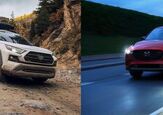
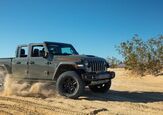
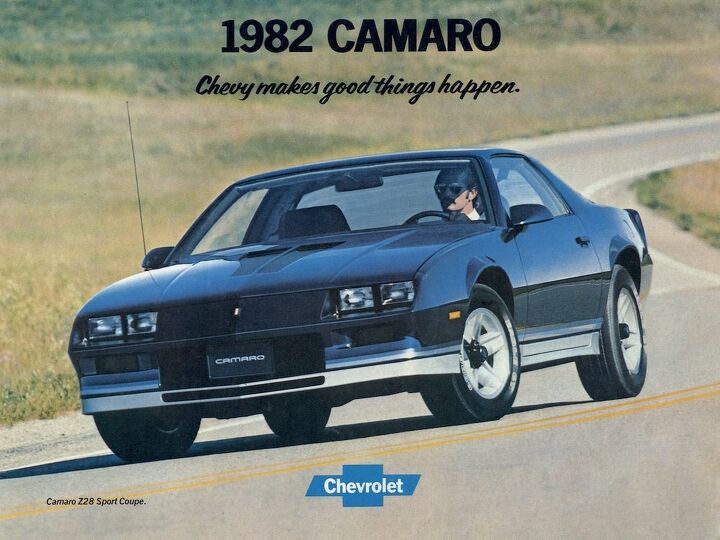















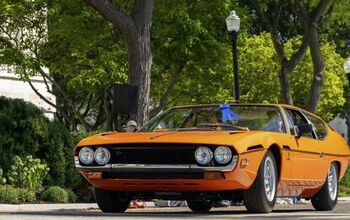
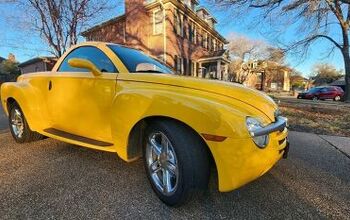
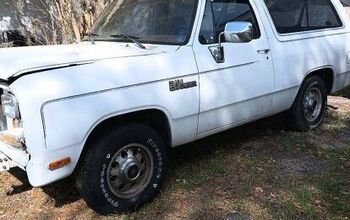
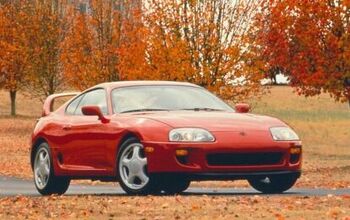
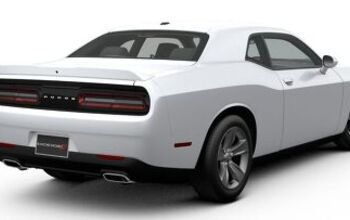
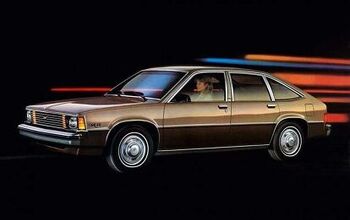
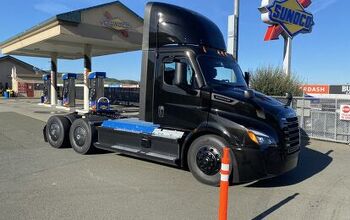
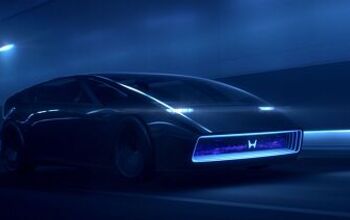
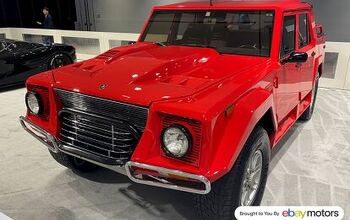
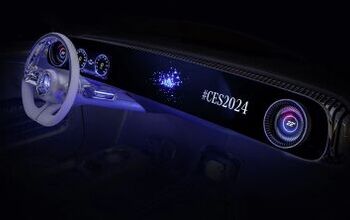

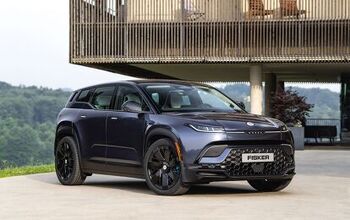
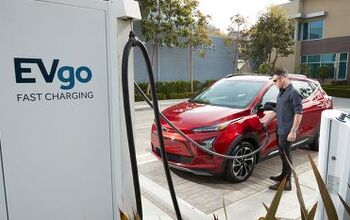

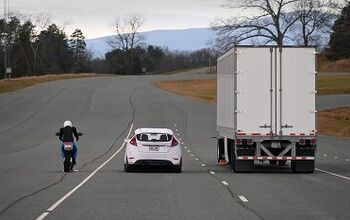
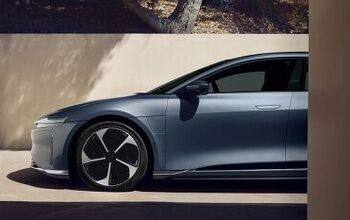
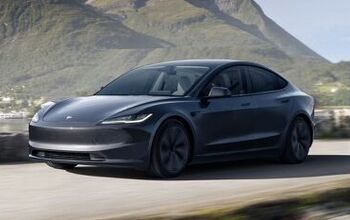

Comments
Join the conversation
A "Pillarless coupe" is called a "hardtop". Leaders of the B&B should familiarize themselves with automotive terminology.
Buy the Mustang, drive the Challenger, and burn that Mulletmobile.